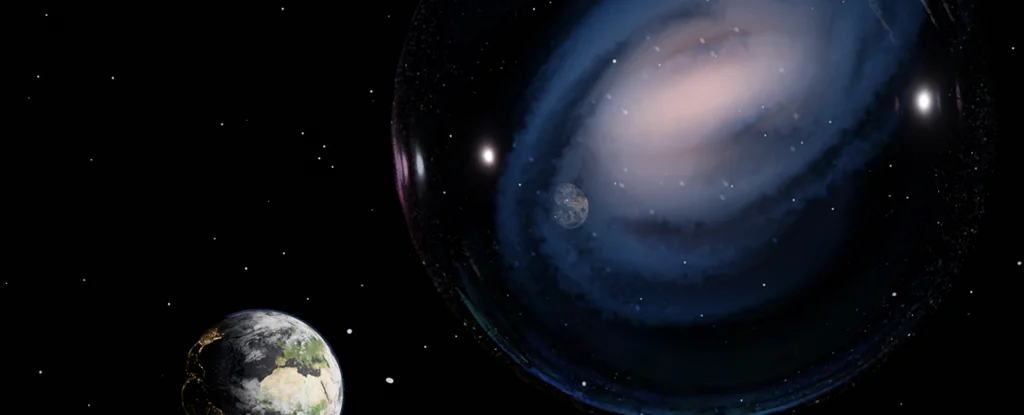The James Webb Space Telescope continues to provide surprising data that has so far been scientifically unexplainable. A new discovery was the discovery of a galaxy very similar to the Milky Way just 2 billion years after the Big Bang. Astronomers say such a spiral galaxy could not have been there at that time. He would not have had time to achieve such perfect forms.
After analyzing images from the James Webb Observatory, an international group of scientists discovered a blurry spot that vaguely resembles a galaxy. The data was rechecked at a different wavelength range using another telescope, Hubble. Given the identifier Ceers-2112, it turned out to be an image of a spiral galaxy. Redshift measurements showed that the ceers-2112 galaxy was discovered 2 billion years after the Big Bang, which was previously unthinkable.
The galaxy in the Webb and Hubble images looks like a miniature copy of our own Milky Way galaxy. It has all the characteristics of a galaxy called a barred spiral galaxy. These are galaxies from the center of which straight arms of many bright stars emerge and then curl up into spirals. In the chaotic environment of the early universe, such fine structures of matter and stars would not have had time to emerge, as Earth science has hitherto believed. “Webb” has truly pushed the horizons of our knowledge (or ignorance) about the universe and the world we live in.
And now, a year and a half after Webb’s work began, scientists have begun to urge caution about this telescope’s discoveries in the early universe, although the fact remains that this instrument has revealed many unknowns.













